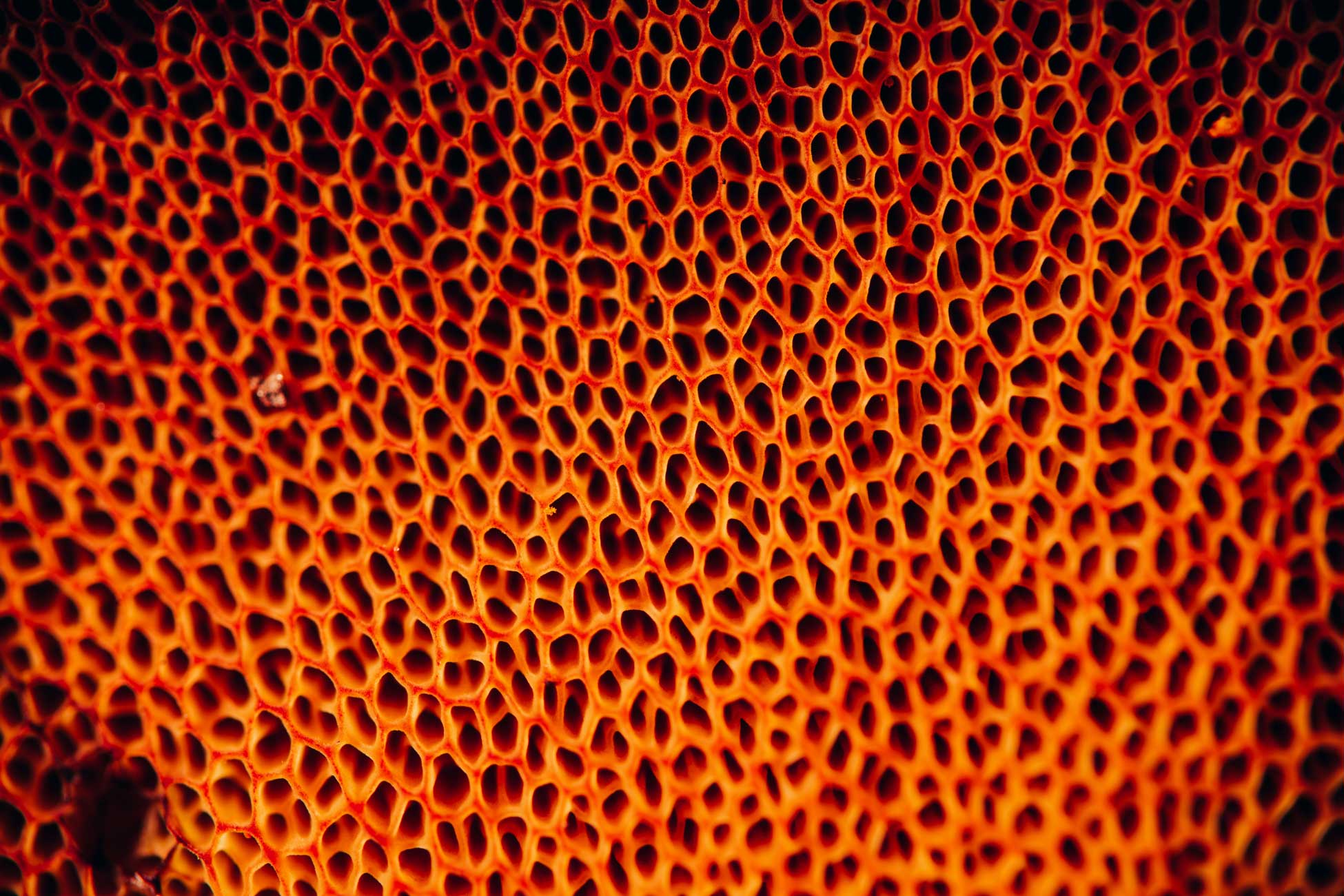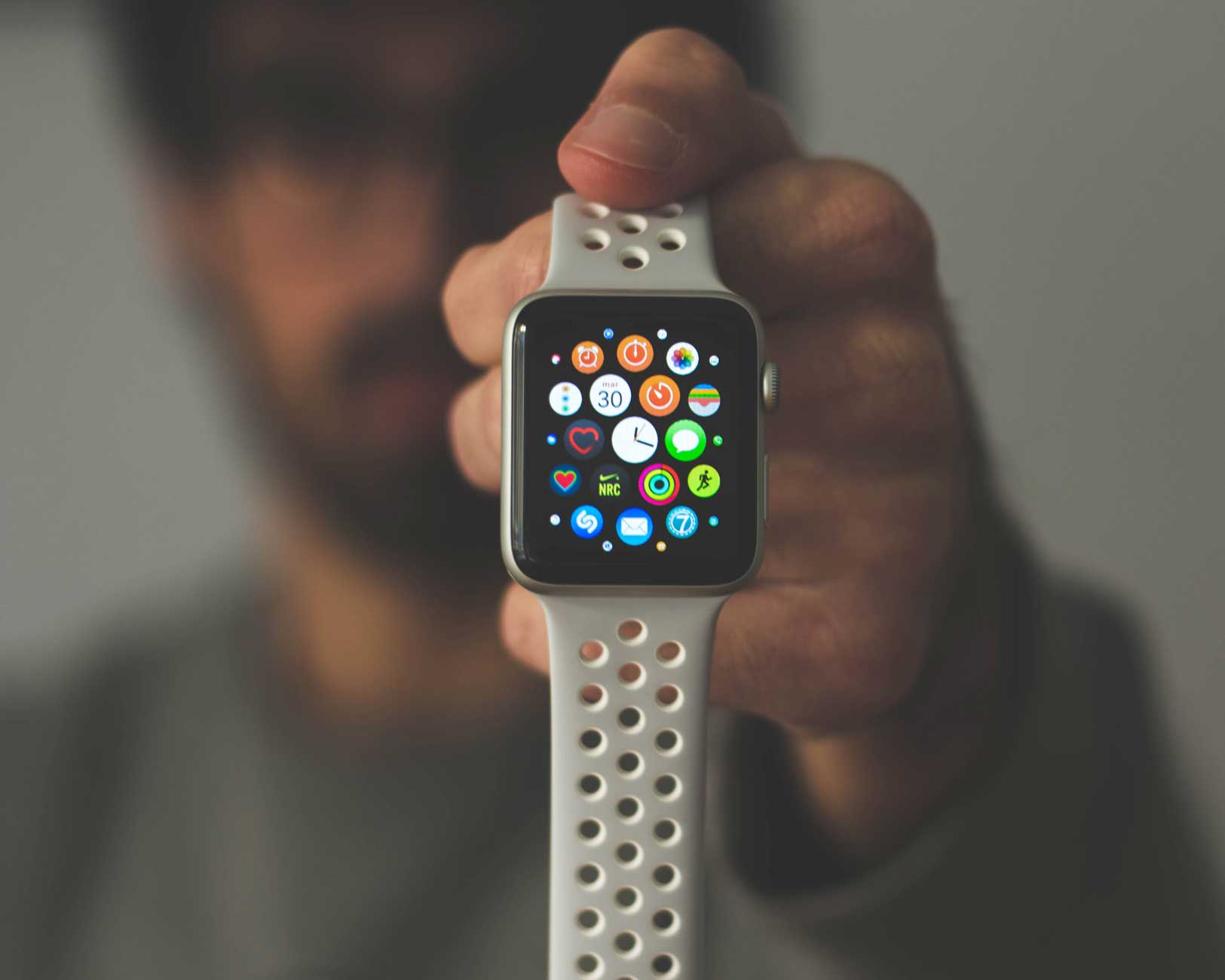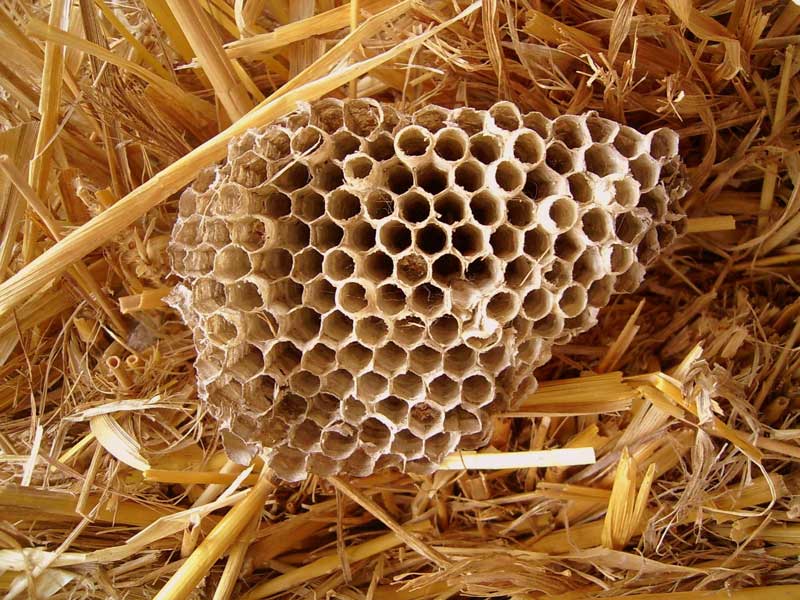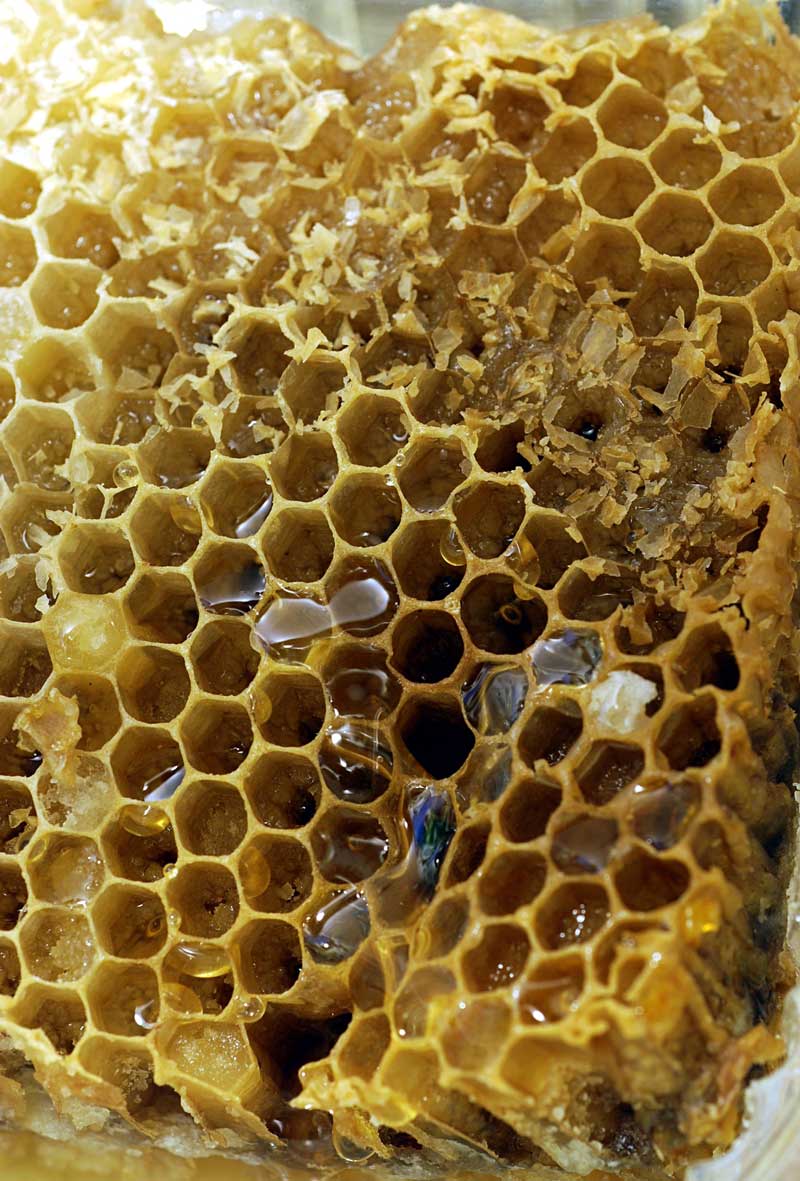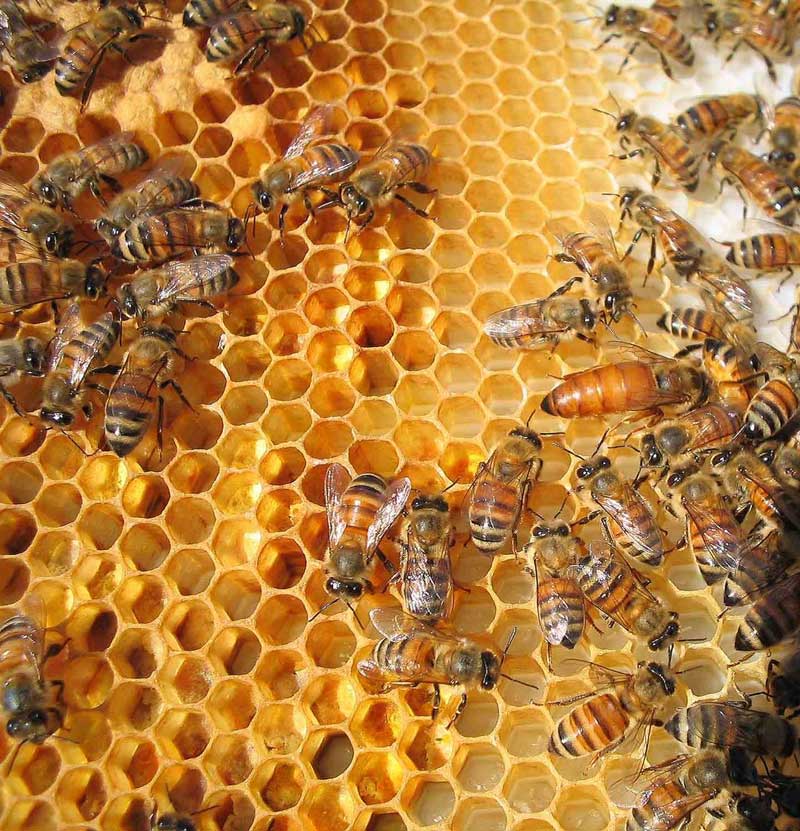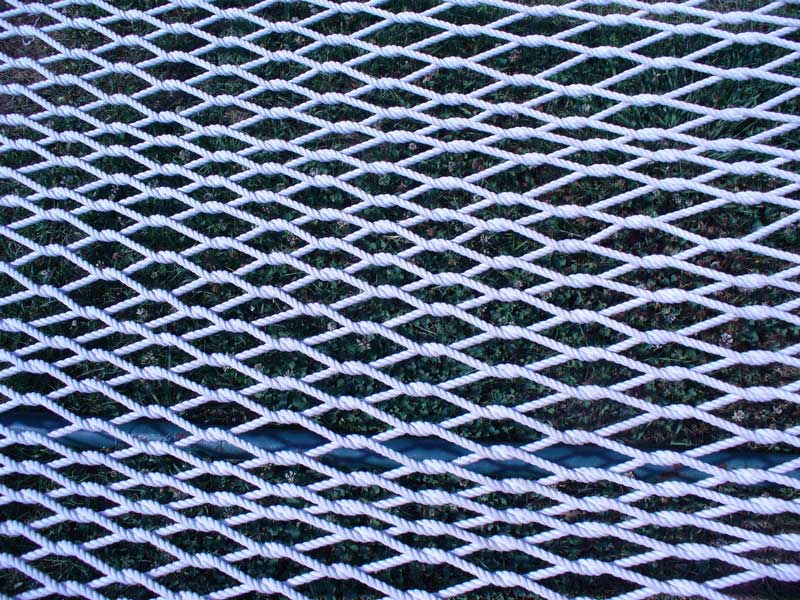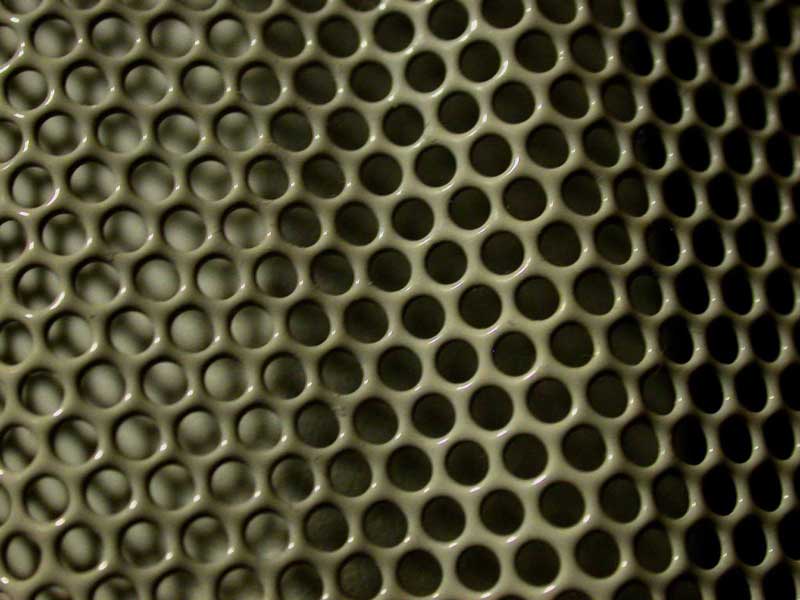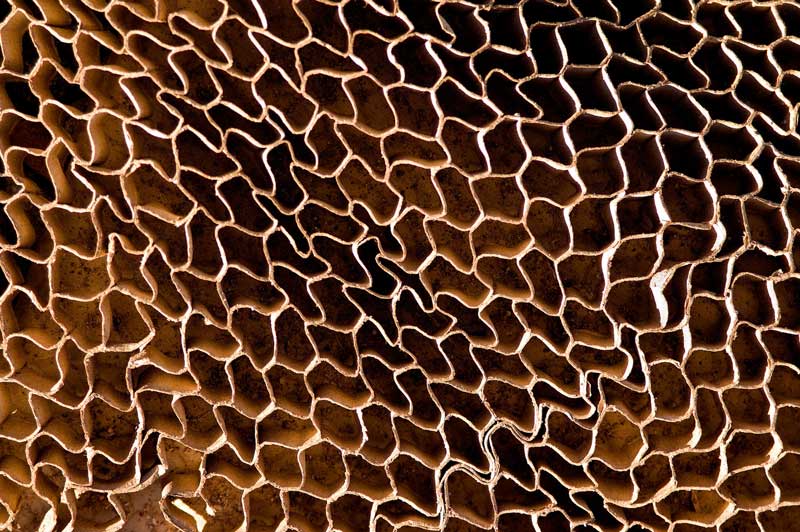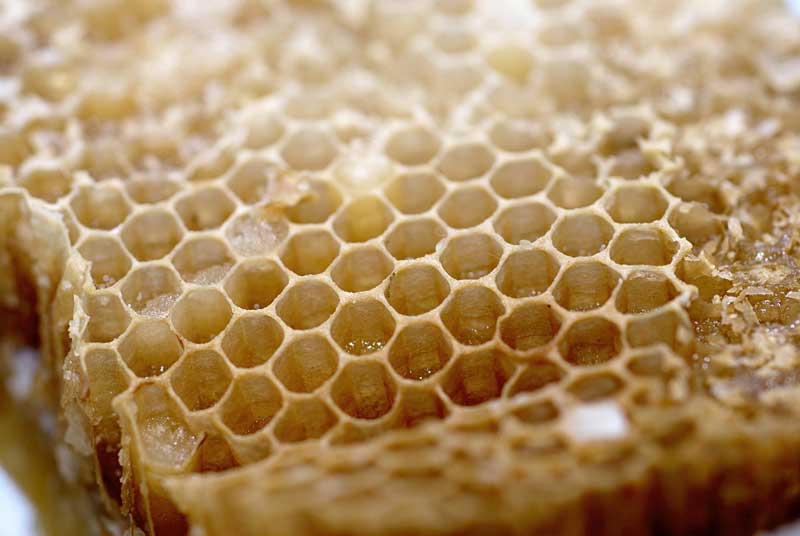What is Trypophobia?
The trypophobia definition is a situation where somebody is experiencing an aversion or a fear of tiny holes.
Table of Contents
ToggleTrypophobia is triggered when somebody notices a small pattern of crowded holes, leading to warning signs like nervousness, disgust, and fear. Also, Trypophobia which is typified as the trepidation of holes has been associated with a generalized dislike of round shapes like bubbles.
Apart from disgust, a person with trypophobia skin will have skin-crawling, skin scratching, or the feeling of bugs overrunning the skin. Trypophobia condition is not formally acknowledged to be a mental disorder.
Trypophobia is a fear or disgust of clusters of small holes, such as those found in a sponge or on a lotus seed head. It is not an officially recognized phobia, and there is no cure for it.
However, people who experience trypophobia can seek treatment for their anxiety or discomfort through therapy, such as cognitive-behavioral therapy, which can help them learn coping mechanisms to manage their feelings. It may also be helpful to avoid triggers, such as images or objects that cause distress. If the trypophobia is severe or causing significant distress in daily life, medication may be an option to manage the anxiety symptoms.
However, it may be diagnosed as a particular phobia if there is too much agony and fear should occur.
What Triggers Trypophobia?
Some common trypophobia triggers are enumerated below:
- A cluster of the eyes
- Cantaloupe
- Seed Pods from Lotus
- Abridgment
- Bubbles
- Pomegranates
- Honeycombs
- Coral
- Strawberries
- Aluminum Metal Foam
- Bumps or Holes on the Flesh
- Creepy-Crawly Eyes
- Bubble Wrap
- Holes in Decaying or Diseased Flesh
- Sea Sponges
- Fruit Seeds
Also, animals, such as Mammals, Amphibians, Insects, and other living things with fur or spotted skin can trigger trypophobia warning signs. Although the evidence base to support specific treatments is limited, it makes sense to regard intensive phobia as a problem based on avoiding difficult feelings.
What Causes Trypophobia Skin?
The scientists out there are not certain about the causes of trypophobia skin and trypophobia hand.
However, these scientists have different research and theories about what causes trypophobia, even though the research is still very limited.
The most frequent justifications for what causes trypophobia of the skin can be associated with evolution since phobias and fears are linked to danger and disease often.
For example, without the fright of heights, it would have been impossible for our predecessors to learn about keeping off treacherous crags.
In the same way, people fearing spiders is possible since scores of them are poisonous, thus encouraging us to keep away from them.
Theories about What Causes Trypophobia
Discussed here are some of the available theories concerning what causes trypophobia.
Having Relationships with Hazardous Animals
It was gathered in a scientific theory that crowded together holes share the same look as the coat and skin patterns of various poisonous animals.
Out of unaware associations with these dangerous animals, people may dread these particular patterns, thereby causing trypophobia to occur.
It was believed by the researchers that people having trypophobia unconsciously related a honeycomb sight with unsafe creatures that contribute to similar fundamental visual attributes like the clatter snakes.
This may likely be why they are having feelings of fear or disgust, even though they aren’t deliberately conscious of this connection.
Evolutionary Causes
One of the common and renowned theories gave trypophobia meaning as an evolutionary reaction to those things linked with danger or disease.
For example, trypophobia skin, trypophobia hand, vermin, and some other related communicable conditions may likely be
Diseased skin, vermin, and other communicable conditions may be typified by such bumps or holes.
What this simply means or recommends is that this particular phobia has an evolutionary foundation.
Moreover, it is regularly the propensity for people having trypophobia to feel tremendous revulsion rather than fear whenever they perceive any trigger thing.
Associating with Transmittable Pathogens
Research carried out in 2017 discovered that those who took part linked the hole patterns with the skin-conveyed pathogens.
Many of them were said to be having a mindset of skin-crawling and skin-itching when they viewed such patterns.
Fear or disgust of possible intimidation is regarded as an adaptive evolutionary reaction. These feelings keep people out of menace in several cases.
Researchers believed that trypophobia might result in an exaggerated and overstated kind of generally adaptive reaction.
Reacting to Visual Attributes
Different researchers recommended that the uneasiness experienced by people has a lot to do with the visual individuality of the available patterns.
A study pointed out that these feelings were particularly associated with visual patterns unlike having a relationship with hazardous animals as people feel distressed when visualizing trypophobic patterns.
Symptoms of Trypophobia
When somebody notices an object that has little clusters of shapes or holes that look like holes, the symptoms of trypophobia are purportedly triggered.
Those who have trypophobia respond with fear or disgust when they see a cluster of holes.
Some trypophobia symptoms include:
- Body Shakes
- The Goose Bumps
- Nausea
- Sweating
- Feeling Disgusted
- Sweating
- Feeling Uncomfortable
- Fright Attacks
- A feeling of Skin Crawl
- Visual Discomforts like Delusions, Distortions, or eyestrain
- Anguish
Trypophobia Diagnosis
When it comes to a phobia diagnosis, you will be interrogated by your physician who will ask you many questions relating to your warning signs.
Also, he will collect your social, psychiatric, and medical history and as well refer you to the DSM-5 to aid and support them further in their diagnosis.
Since the phobia of trypophobia isn’t formally acknowledged by the health and medical associations, trypophobia is therefore not a diagnosable situation.
Trypophobia Risk Factors
As far as the risk factors associated with trypophobia are concerned, not a lot can be mentioned or emphasized.
However, a study discovered a potential link between trypophobia, GAD aka Generalized Anxiety Disorder, and Major Depressive Disorder.
The researchers said that the risk factors for those who have trypophobia is that they may probably experience GAD or major depressive disorder as well.
In another development or study, there was a link that involved trypophobia and social anxiety.
How to Cure Trypophobia or Other Phobias
While there is no trypophobia cure in particular, there are various phobias treatments in particular and these treatments have wide-ranging success rates.
Trypophobia cure and treatment of other phobias may comprise medications, therapy, and self-help cures.
Medications
In many cases, specific medications are prescribed by doctors for the treatment of the side effects of phobias or phobias like depression and anxiety.
A few of the prescribed medications are listed below:
Tranquilizers: This medication reduces the symptoms of anxiety. However, sedatives shouldn’t be prescribed to those who have having alcohol history of addiction.
Antidepressants: SSRIs aka Serotonin Reuptake Inhibitors are given to those suffering from phobias. It can lead to improved moods as they affect the levels of serotonin present in the brain.
Beta Blockers: They aid in reducing the physical symptoms of nervousness that may come with a phobia.
Fatigue, stomach upset, and cold fingers are the side effects of bets blocker medication.
The Home Remedies and Self-help Trypophobia Cure
People can embark on the self-help trypophobia cure with the assistance of a counselor, therapist, or by themselves.
However, these tactics might or might not be helpful when it comes to personal phobia treatment and have different success rates.
Some of the self-help trypophobia cure techniques are:
- CBT: This is also known as Cognitive Behavioral Therapy. It is a kind of therapy performed by either a counselor or a therapist. They will look at the way feelings affect behaviors and thoughts.
The Therapists will also collaborate with their patients, giving them the necessary support and encouragement needed for setting and accomplishing their goals.
- The Lifestyle Modifications: This is all about eating healthy foods, doing exercise, keeping away from stimulants and caffeine, and observing sound sleep.
- Desensitization aka Exposure Therapy: This trypophobia cure technique makes a therapist expose their clients to their phobias in little doses.
- Relaxation System: This type of treatment may comprise exercise-oriented systems and visualization techniques.
Trypophobia Links to Other Disorders
Trypophobia can be linked to other disorders such as depression and anxiety.
The researchers observed that those who are experiencing trypophobia will probably experience signs of depression and anxiety.
Also, these symptoms can be linked to purposeful impairments in everyday living.
What’s Trypophobia Meaning?
Trypophobia meaning is an irregular sensation of revulsion or uneasiness at the view of gathered bumps or holes.
Somebody who has trypophobia can be referred to as a trypophobics, trypophobe, or trypophane.
Nevertheless, trypophobia definition is a severe or strong poignant response to clustered patterns of bumps or holes.
This was noticed in:
- Some particular Seed Pods
- Sponges
- Bubbles in Batter
- Soap Bubbles
- Honeycombs
Other Popular Types of Phobias
Phobias are the most popular mental sicknesses in the United States of America.
The 3 varied classes of phobias as identified by the American Psychiatric Association are specific, agoraphobia, and social phobias.
- Social Anxiety aka social phobia: This is a deep fear of being humiliated publicly and being judged or singled out in a social condition by other people.
- Specific Phobia: This is simply a strong, illogical dread of a particular trigger.
- Agoraphobia: This is a fear of circumstances from which it would be hard to escape if a person were to experience serious panic.
It is usually misconstrued as a fear of open spaces, even though it could also apply to be restricted in a small space. Those who have agoraphobia have a high risk of panic disorder.
Other popular phobias available in the United States include the following.
- The Tunnel Phobia: Panic of the tunnels
- The Aero-phobia: Fear of flying
- Escala phobia: When one has a fear of escalators
- BII or Blood, Injury, and Injection phobia: This is being panicked of the wounds having to do with blood.
- The Acro-phobia: This simply means being panic of the heights
- Aqua-phobia: This is when somebody fears water
- Claustrophobia: Being panicked whenever one is in tight, restrained spaces.
- Zoophobia: This is when someone fears animals
- Hypochondria: Having fear of being ill
- Erythro-phobia: Having a fear of blushing
- Emetophobia: Having fear of vomiting
- Driving phobia: Having fear of car driving
- Arachnophobia: Fearing the spiders
The list of other possible phobias is enormous and the list changes even as society also changes.
Also, developing a phobia of just whatever you can think of is possible. For example, nomophobia means fear of not having a computer or mobile phone.
Trypophobia Test
People normally go for trypophobia tests to find out whether they have trypophobia or not.
Going for trypophobia test is the best and one way to find out if you are suffering from this weird condition because no formal diagnosis has been discovered as it is not a known condition.
There are Trypophobia tests that determine whether people have trypophobia or not.
Also, there is different information in the form of videos, articles, and images, about iPhone trypophobia for people who want to know the effect of the iPhone on trypophobia.
Trypophobia Prevention
In an attempt to define trypophobia, it was mentioned that trypophobia is connected with being frightened of some holes and related crowded patterns.
It is very important to prevent trypophobia because its prevention will guarantee continued existence.
Discussed below are different trypophobia prevention methods.
Stay Away from Infectious Diseases and Parasites
Trypophobia can be described as an evolutionarily arranged reaction to what looks like infectious diseases or parasites.
Some of the perceptible or noticeable infectious diseases are:
- Scarlet Fever
- Chickenpox
- Parasitic Infections
They tend to leave little clusters of bumps or holes on one’s skin. The best thing to do in this situation is to avoid any infected person.
This theory held that healthy people also have hatred for skin image patterns noticed in these kinds of conditions.
But the truth is that it is only those who have trypophobia that have a similar reaction to those clusters of images in risk-free objects like bubbles or lotus seed pods.
To prevent trypophobia in this situation, try and avoid infectious diseases and parasites.
Keep Yourself Away from Dangerous Animals
A distaste for hazardous animals or venomous is another renowned theory of trypophobia.
A good example of an extremely poisonous animal that exhibits the patterns of trypophobic is the blue-ringed octopus.
There are some other venomous and poisonous animals that exhibit clustered patterns.
These animals include:
- The Inland Taipan Snake
- Box Jellyfish
- The Poison Dart Frog
As a result, avoid these dangerous animals so that you will be prevented from sickness.
Avoid Skin Problems
IPAD aka Involuntary Protection Against Dermatosis is another theory of trypophobia.
The theory termed trypophobia to be a spontaneous reaction to perceiving images that look like skin ailments.
When this theory was subjected to test by the researchers, it was discovered that those who have a history of skin-related conditions suffered a towering degree of uneasiness when they looked at the pictures unlike those without history.
There is no specific cause for phobias. Instead, they can be caused by any number or combination of multiple complex factors, including heredity, previous trauma, reactions learned at an early age, and long-term anxiety or depression.
Regardless of whether intensive phobia is a recognized diagnosis, it can be harmful to daily life. Any overactive reactions to objects or situations that continue to trigger avoidance behavior should not be ignored or downplayed.
Is trypophobia a mental illness?
Trypophobia is not currently recognized as a mental illness. It is not listed in the Diagnostic and Statistical Manual of Mental Disorders (DSM-5), which is a widely used reference for mental health professionals to diagnose and classify mental health conditions. However, trypophobia can cause significant distress and anxiety in some people, and in these cases, it can be considered a subtype of specific phobia, which is a type of anxiety disorder.
If you are experiencing significant distress or anxiety related to trypophobia or any other issue, it is important to seek help from a mental health professional. They can assess your symptoms and determine the best course of treatment for you.
How serious is trypophobia?
The severity of trypophobia can vary widely among individuals. For some people, trypophobia may be a minor annoyance or a source of mild discomfort, while for others, it can be a significant source of anxiety and distress. In some cases, trypophobia may interfere with daily activities and relationships, and may even lead to avoidance behaviors.
If you are experiencing significant distress or anxiety related to trypophobia, or if it is causing problems in your daily life, it is important to seek help from a mental health professional. They can help you learn coping skills and manage your anxiety. It is also important to remember that everyone’s experiences are different, and what may be a minor issue for one person may be a serious concern for another.
How rare is trypophobia?
It is difficult to determine the prevalence of trypophobia, as it is not an officially recognized phobia and has not been widely studied. However, some estimates suggest that it may be relatively uncommon. A study published in 2013 found that between 16% and 23% of participants reported some level of discomfort or disgust when viewing images of clusters of small holes, suggesting that trypophobia may be more common than previously thought.
However, it is important to note that the study was small, and more research is needed to better understand the prevalence of trypophobia.
What is the fear of death called?
The fear of death is called thanatophobia. It is a natural and common fear that can manifest in different ways, such as a fear of one’s own death, a fear of the death of loved ones, or a fear of the dying process itself. It is a normal part of the human experience and is often a result of a desire to protect oneself and loved ones.
If the fear of death becomes excessive or interferes with daily life, it may be considered a phobia, and treatment may be necessary. Therapy, such as cognitive-behavioral therapy, can be helpful in managing anxiety related to death and dying.
The apple watch apps could trigger trypophobia










